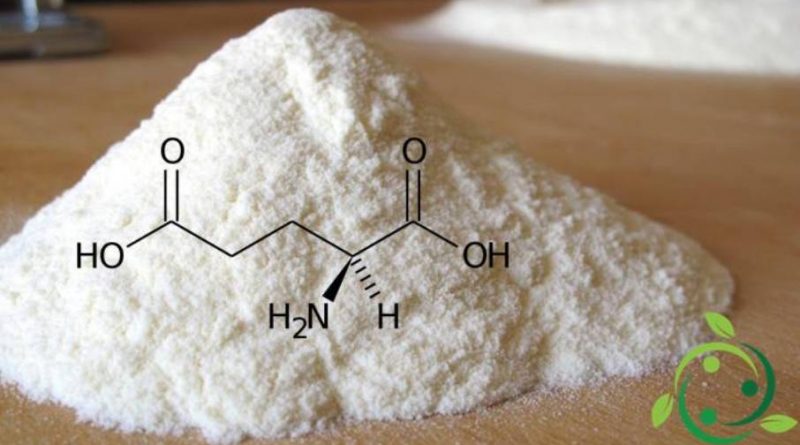Glutamic acid
Glutamic acid
Glutamic acid whose term in the official IUPAC nomenclature is 2 (S) -amino-1,5-pentanedium acid and whose brute or molecular formula is: C5H9NO4 is a polar amino acid, whose molecule is chiral. The acid behavior of this molecule is related to the presence of a lateral carboxyl group.
The L enantiomer of glutamic acid is one of the 20 ordinary amino acids.
Glutamic acid is contained in gluten, which contains 25% in weight, in the casein of animal milk, with 20-23%, bound to other amino acids or free following pasteurization of milk, refining and cooking of wheat, natural fermentation of cheeses.
Glutamic acid is not part of the essential amino acids for humans.
Glutamic acid is a very important amino acid as it acts as a nerve molecule (neurotransmitter) capable of giving excitatory stimuli. It is also the precursor of the main inhibitory neurotransmitter (GABA).
The role that glutamic acid exerts on the concentration of other amino acids is also very important. In fact it acts as an ammonia donor, and indeed many of the amino acids that make up proteins contain an amino group derived from glutamic acid. He also appears to be involved in mnemonic and learning functions.
In humans, glutamic acid deficiencies rarely occur, however they could create problems with amnesia and insomnia. In the case, on the other hand, of the presence of excessive quantities of glutamic acid, neuronal damage can occur, which can cause amyotrophic lateral sclerosis and Alzheimer’s disease. As in other amino acids, excessive and prolonged ingestion of this amino acid causes liver and kidney damage and is overweight.
The sodium salt of glutamic acid, monosodium glutamate or sodium glutamate (MSG-Mono sodium glutamate) is widely used in the food industry as a flavor enhancer. In the European Union, monosodium glutamate is classified as a food additive (E621) and its use is subject to compliance with certain directives that regulate its use in food.
Warning: The information given is not medical advice and may not be accurate. The contents are for illustrative purposes only and do not replace medical advice.

